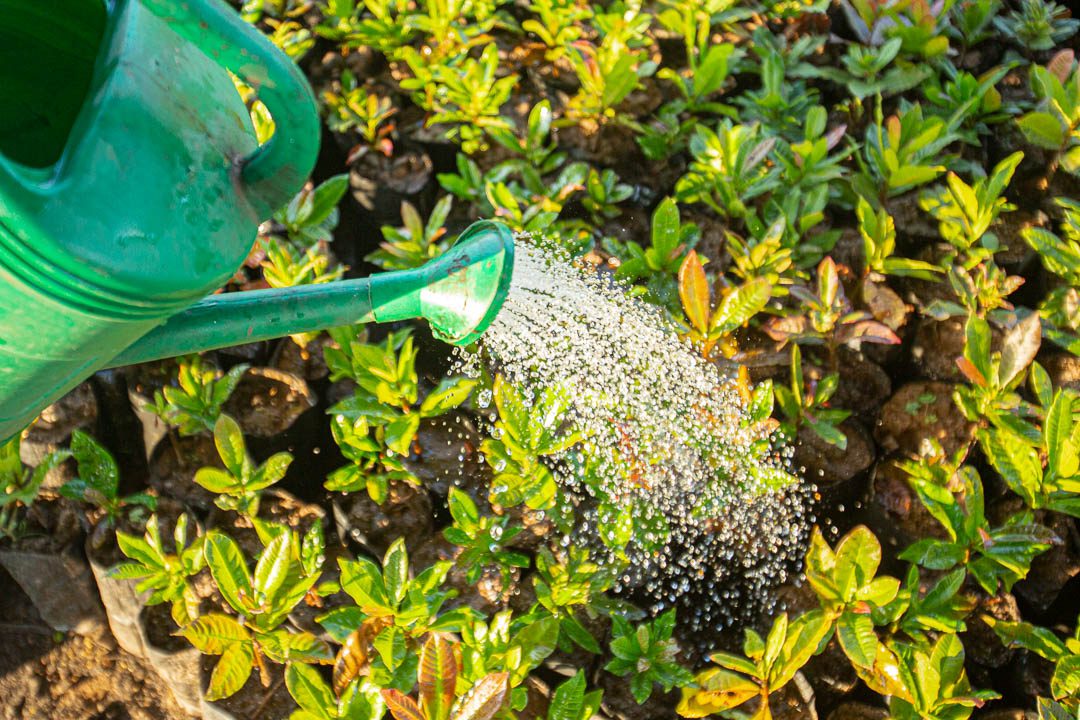Viability Assesment of Cashew Program

The livelihood sector would like to hire a consultant to conduct a thorough assessment of the viability of installing a medium-scale processing unit at Mapombwe (Gorongosa), considering the current low level of nut production and quality in the buffer zone and recommend the GRP on the viability of installation of the medium scale processing unit.
The proposal must be be submitted by e-mail to grpconcursos@gorongosa.net by May 10th, 2023
More details here.
The Gorongosa Restoration Project’s (GRP) vision is located in the thriving biodiversity-rich greater Gorongosa conservation landscape, which supports Sofala Province as an engine for resilient and sustainable development, enabling nature experiences, supporting the well-being of its people, and enriching all of Mozambique and the world. GRP aims to advance an integrated multi-partner approach to conservation and people-centred development. GRP protects the Park’s biodiversity and ecosystem services and unlocks its economic potential for the community inhabitants of the Gorongosa National Park, Buffer Zone, Sofala Province, Mozambique and further afield.
The GNP covers 408,600 hectares in central Mozambique south of the Zambezi River. The Buffer Zone around the Park covers another 533,300 hectares and is surrounded by six districts of the Province, namely Gorongosa, Cheringoma, Muanza, Nhamatanda, Dondo and Maringué. With approximately 200,000 people living on subsistence agriculture, the buffer zone is predominated by the Dry Tropical climate, with average annual temperatures of 24ºC and an average rainfall of 1,600 mm, with relative humidity above 75%. The region has two climatic seasons, the Hot and Rainy (November to April) and the Cool and Dry (May to October), which gives it great agricultural potential. However, the leading cause of food insecurity comprises the shortage of rainfall or irregular rainfall, extreme events (floods and cyclones), and rising food prices.
Livelihood
The sectoral theory of change rests on the assumption that: Providing farmers with access to inputs, market and weather information, and training them in agricultural practices and financial literacy, enables them to achieve higher productivity. Increasing yields and engaging farming as a business helps small farmers improve their access to more extensive, structured markets (beyond local markets), turning agriculture into a sustainable source of income.
The Cashew sector context in Mozambique
Cashew (Anacardium occidentale) is an important agroforestry crop for primary production in many African countries, including Mozambique. Due to a complicated history and questionable political decisions, the cashew industry in Mozambique has collapsed, although much efforts are conducted in the Country with purpose to reopen the production and productivity, but Mozambique has the lowest quality fresh cashew nut production in Africa due to its old cultivated area and recurrent disease outbreaks contributing to low economic returns. Given the cashew tree’s high tolerance to external conditions and moderate demand for soil characteristics, the crop can be planted on poor soils to prevent erosion and restore the fertility of land degraded by annual crops and fire. Cashew is also suitable for agroforestry systems and can be intercropped, contributing to increased income in alternate seasons, diversification, soil improvement (beans), food security and nutrition.
Background of the cashew project since 2017
According to the internal evaluation (August 2018) and NORAD evaluation mission (September 2018), Mozambique’s cashew value chain is developing. Still, much more experimental work is needed in the Park’s Buffer Zone to find the best approach for developing this agribusiness on a large scale. Nevertheless, the first very promising experiments were acquired in the pilot phase’s Year 1, 2020. In this context, a Memorandum of Understanding was signed with the Mozambique Almond Institute-IAM (December 2020), which among other objectives, aims to an installation and operation of nurseries for the production of seedlings and polyclonal seed production orchards using genetic material developed by Research at IAM, IP, as well as locally selected material.
Currently, the Cashew program has established six cashew nurseries in the Buffer Zone, which can produce 420,000 seedlings per year to distribute to farmers in six districts, namely; Dondo, Maringue, Nhamatanda, Gorongosa, Muanza and Cheringoma. In addition to seedlings, the project distributed green chemicals (pesticides and fungicides), seeds of food crops for intercropping 3800 cashew farmers, fertilisers, spraying, and training in good agricultural practices to improve production and productivity.
Latest harvest and quality
In the 2021/22 season, the farmers harvested 2,5 tons of raw cashew, of which 0,8 tons was of poor quality. In the 2022/23 season, 10 tons were harvested, and out turn (Ibs) conducted resulted in 42,79 against 38 from the previous season, which shows that the quality of the cashew have improved regarding with the minimum required internationally.
Project Outputs and Indicators
The project outputs intends integration of farmers into cashew value chains, developing a cashew nut value chain and expand agroforestry potential in Buffer Zone. The project indictors aims to target 4,500 smallholder farmers from within the Buffer Zone to benefit from cashew as a new and additional cash crop, and the household income of the best-performing cashew growers is increased by at least USD 1,000 p.a. until the end of the Project in 2025.
Assessment purpose and objectives
As mentioned, the Project planned to set up and operate a medium-scale cashew nut processing facility and start processing nuts from the buffer zone and beyond. However, due to the small scale of cashew trees in production and the quality of the cashew nuts obtained from the existing trees, the project team think that the supply still needs to be higher to justify the installation of the processing facility.
Therefore, the program has distributed cashew trees and planted them in the Buffer Zone, which will start production in the coming years.
Therefore, the livelihood sector would like to hire a consultant to conduct a thorough assessment of the viability of installing a medium-scale processing unit at Mapombwe (Gorongosa), considering the current low level of nut production and quality in the buffer zone and recommend the GRP on the viability of installation of the medium scale processing unit.
The proposal must be be submitted by e-mail to grpconcursos@gorongosa.net by May 10th, 2023.
More details here